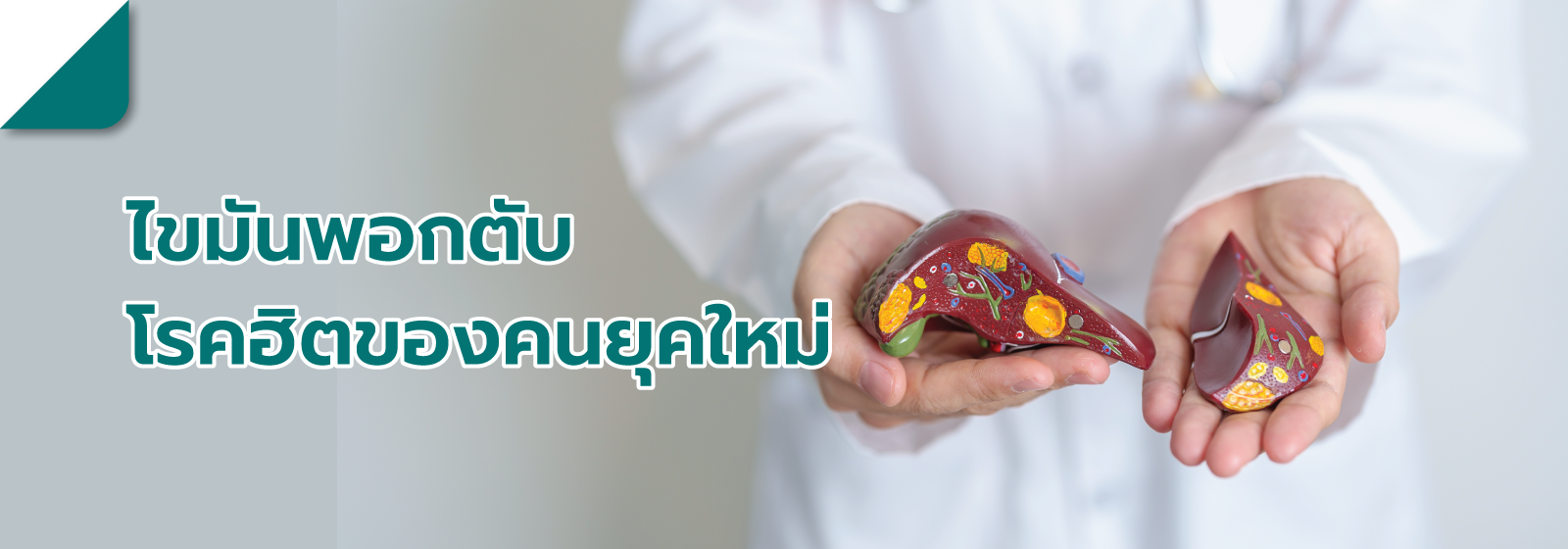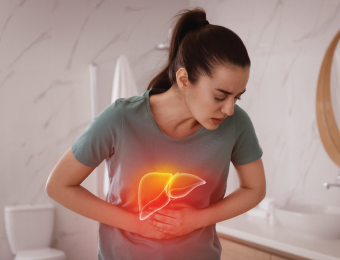
Fatty liver disease, a modern-day health concern
This condition often results from a diet high in fat and alcohol consumption. Fatty liver disease poses significant health risks and is a precursor to liver stiffness and liver cancer. Prolonged fat accumulation in liver cells can lead to inflammation and subsequent complications throughout the body, including chronic diseases like diabetes, viral hepatitis, obesity, high blood cholesterol, and hypertension.
Long-term inflammation and cellular damage can result in liver cell destruction and replacement with scar tissue, ultimately leading to liver stiffness, fatty liver disease, and an increased risk of liver cancer.
Symptoms of fatty liver disease
Symptoms of fatty liver disease can be concerning, especially since they often don't manifest prominently in the early stages. Some individuals may experience mild symptoms such as fatigue, slight nausea, or a feeling of fullness in the upper right abdomen. However, these symptoms are nonspecific and may not clearly indicate the presence of the disease.
Fatty liver disease progresses slowly, and it typically takes time before symptoms become more noticeable or complications arise. In many cases, the disease is detected during routine medical check-ups or blood tests for other reasons. By the time fatty liver disease is diagnosed, it may have already progressed to a more advanced stage, potentially leading to liver stiffness and other complications.
To prevent and diagnose fatty liver disease, several methods are available:
-
Blood Tests: Routine blood tests can measure liver enzyme levels, such as ALT (alanine aminotransferase) and AST (aspartate aminotransferase), which may indicate liver inflammation or damage. Elevated levels of these enzymes can suggest the presence of fatty liver disease.
-
Abdominal Ultrasound: An ultrasound of the upper abdomen can detect the presence of fatty liver by visualizing the accumulation of fat in the liver. This non-invasive imaging technique is commonly used to diagnose fatty liver disease.
- Liver Fat Quantification: Specialized imaging techniques, such as transient elastography with controlled attenuation parameter (CAP), also known as Fibro Scan-CAP, can quantify the amount of fat in the liver without the need for a liver biopsy. This method provides a precise measurement of liver fat content and helps in diagnosing fatty liver disease.
Those who should consider undergoing FibroScan include:
- Individuals with liver disease who have elevated liver enzyme levels (AST/ALT ratio > 1) may benefit from FibroScan to assess liver health and detect liver fibrosis.
- Chronic Hepatitis B and C Patients
- Long-Term Alcohol Consumption
- Long-Term Medication or Herbal Use
- Individuals with diabetes are at an increased risk of developing liver disease and liver cancer.
- Abdominal Obesity or Overweight Individuals
- Adults aged 45 and older with risk factors for fatty liver disease, such as obesity, diabetes, or metabolic syndrome
- Ease of Testing and Rapid Results
- Painless Procedure
- Early Detection of Liver Stiffness
- Monitoring and Severity Assessment: FibroScan helps in monitoring disease progression and assessing the severity of liver stiffness
- Alternative to Liver Biopsy: FibroScan can be used as an alternative to liver biopsy, especially in patients who cannot undergo or refuse biopsy procedures due to contraindications or personal preferences.
- Assessment of Liver Fat Accumulation: FibroScan can assess liver fat content simultaneously with liver stiffness measurement, providing a comprehensive evaluation for patients with fatty liver disease
25 Dec, 2023

Jittpat Thanomteeranunt, M.D.
Specialties Internal Medicine, Gastroenterology
 EN
EN
 TH
TH CN
CN




